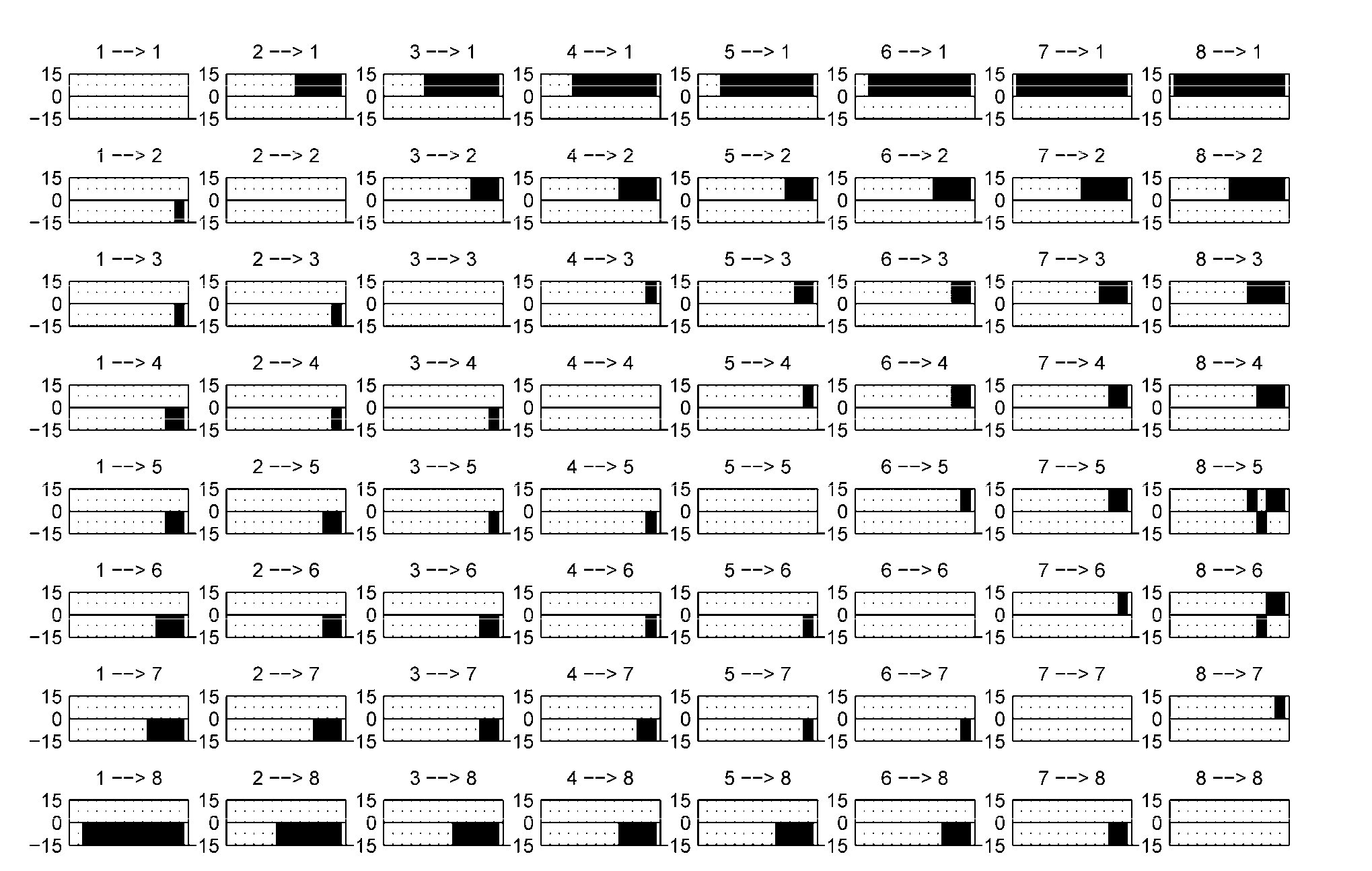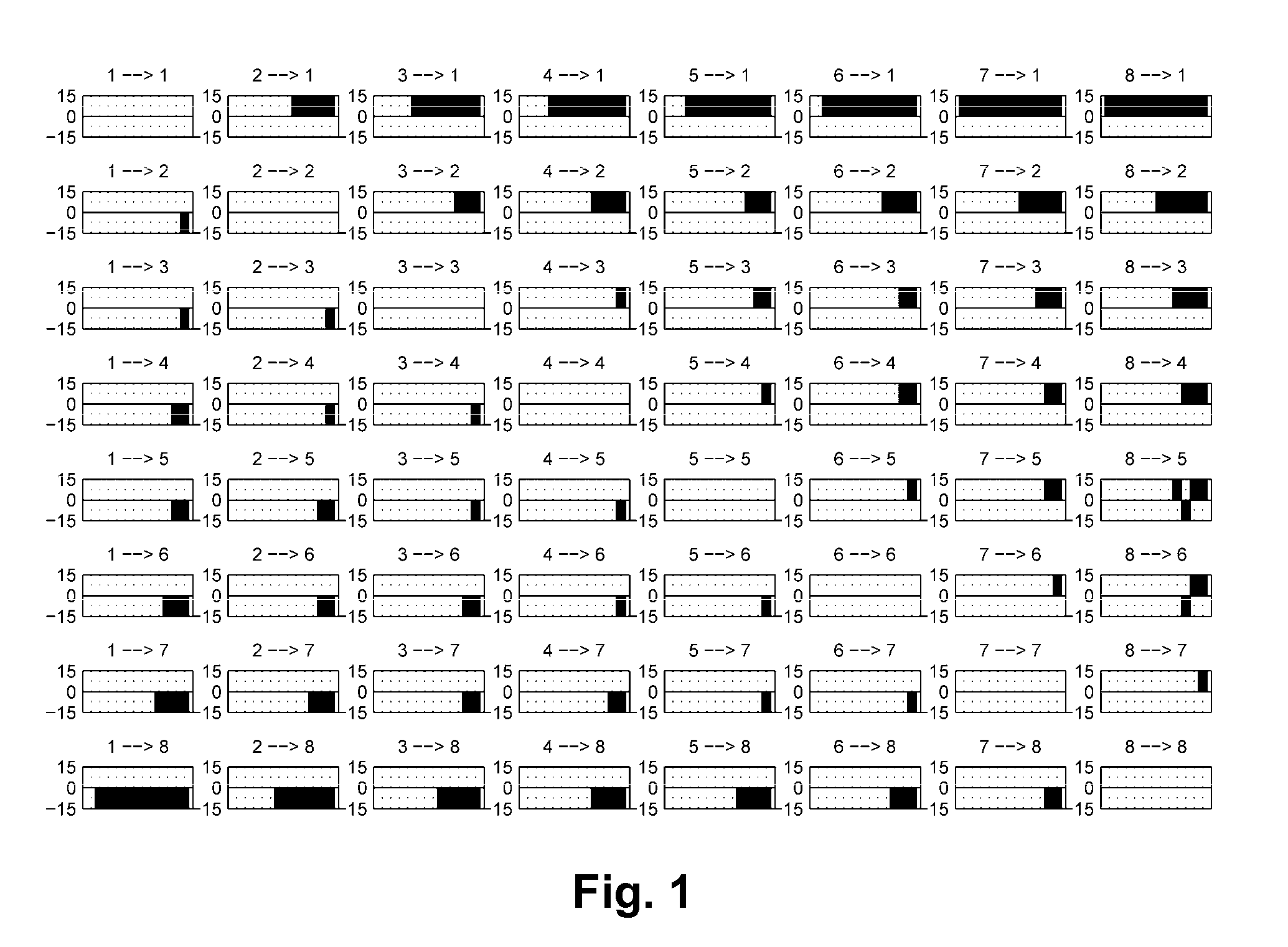Methods for driving electro-optic displays
a technology of electro-optic displays and displays, applied in the direction of electric digital data processing, instruments, computing, etc., can solve the problems of inadequate service life of these displays, preventing their widespread use, and gas-based electrophoretic media being susceptible to the same types of problems
- Summary
- Abstract
- Description
- Claims
- Application Information
AI Technical Summary
Benefits of technology
Problems solved by technology
Method used
Image
Examples
Embodiment Construction
[0075]As already indicated, this invention provides a method of driving a multi-pixel bistable electro-optic display. This method uses a first drive scheme capable of effecting transitions between all of the gray levels which can be displayed by the pixels; and a second drive scheme which contains only transitions ending at one of the extreme optical states of the pixels. The second drive scheme is intended to allow for rapid response of the display to user input, for example the user “writing” with a stylus on a display which incorporates a touch screen; note that such a touch screen may lie in front of or behind the electro-optic medium from the perspective of the user.
[0076]A standard gray scale drive scheme, such as may be used as the first drive scheme in this method, has an update time that is two to three times the length of a “saturation pulse” where a saturation pulse is defined as the pulse having the duration required to apply an impulse that will drive the display from o...
PUM
 Login to View More
Login to View More Abstract
Description
Claims
Application Information
 Login to View More
Login to View More - R&D
- Intellectual Property
- Life Sciences
- Materials
- Tech Scout
- Unparalleled Data Quality
- Higher Quality Content
- 60% Fewer Hallucinations
Browse by: Latest US Patents, China's latest patents, Technical Efficacy Thesaurus, Application Domain, Technology Topic, Popular Technical Reports.
© 2025 PatSnap. All rights reserved.Legal|Privacy policy|Modern Slavery Act Transparency Statement|Sitemap|About US| Contact US: help@patsnap.com



